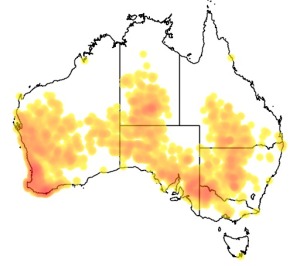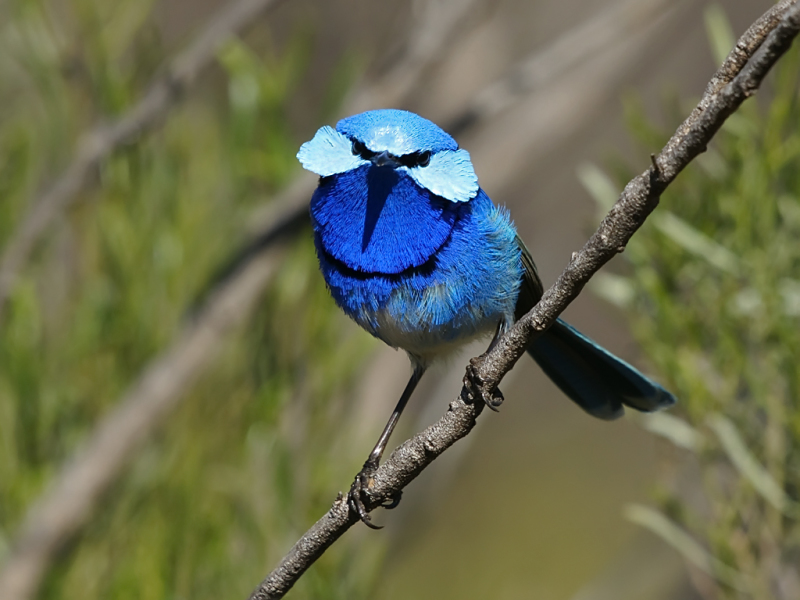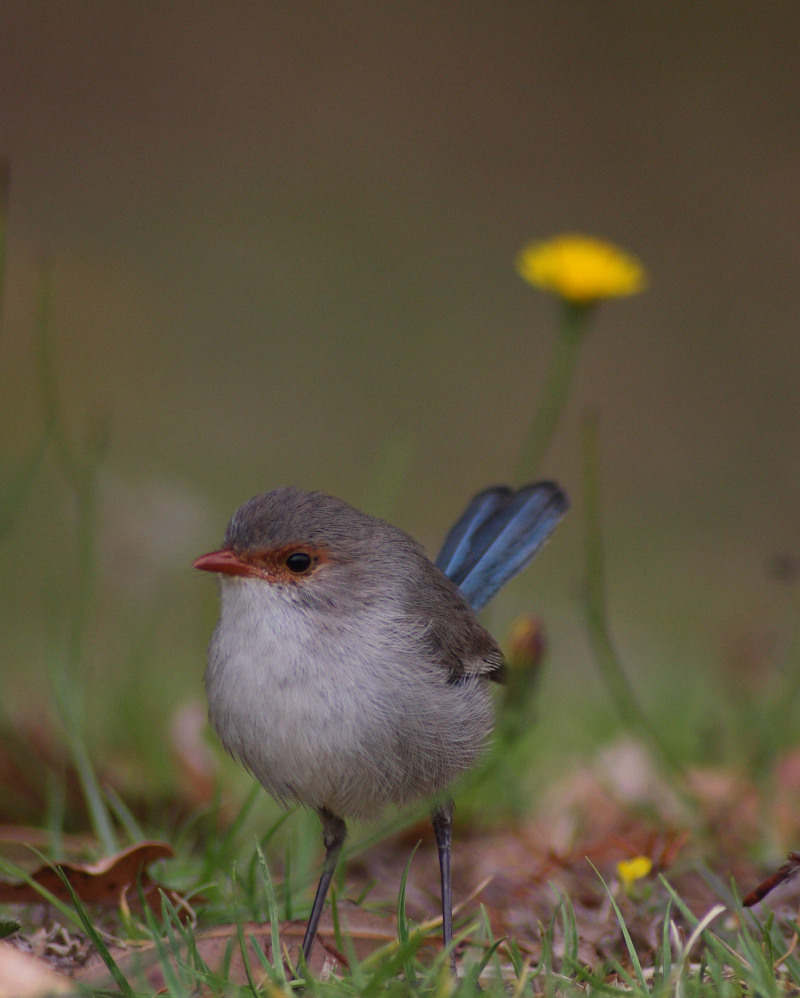Colours
Distinguishing features
The breeding male is distinctive with a bright blue forehead and ear coverts, a violet throat and deeper rich blue back wings, chest and tail with a black bill, eye band and chest band. The blue breeding plumage of the male is often referred to as nuptial plumage. The non-breeding male is brown with blue in the wings and a bluish tail.
The female resembles the non-breeding male but has a chestnut bill and eye-patch. Immature males will moult into breeding plumage the first breeding season after hatching, though this may be incomplete with residual brownish plumage and may take another year or two to perfect.
Both sexes moult in autumn after breeding, with males assuming an eclipse non-breeding plumage. They will moult again into nuptial plumage in winter or spring. Some older males have remained blue all year, moulting directly from one year's nuptial plumage to the next. (Wikipedia)
Size
- Up to 14 cm (Length of specimen)
Wingspan
- Wingspan data is not yet available.
Synonyms
Distribution

©Atlas of Living Australia: Australian distribution: Splendid Fairy-wren (Malurus (Malurus) splendens)
Distribution and habitat preferences
It is widely distributed in the arid and semi-arid zones of Australia. Habitat is typically dry and shrubby; mulga and mallee in drier parts of the country and forested areas in the southwest. (Wikipedia)
Audio recordings
More reeling songs from Splendid Fairy-wrens in the early morning with several other species clearly audible in background.
© John Graff
(source)
Diet
It is predominantly insectivorous; its diet includes a wide range of small creatures, mostly arthropods such as ants, grasshoppers, crickets, spiders and bugs. This is supplemented by small quantities of seeds, flowers, and fruit. They mostly forage on the ground or in shrubs that are less than two metres above the ground; this has been termed 'hop-searching'. Unusually for fairy-wrens, they may also occasionally forage in the canopy of flowering gums. (Wikipedia)



